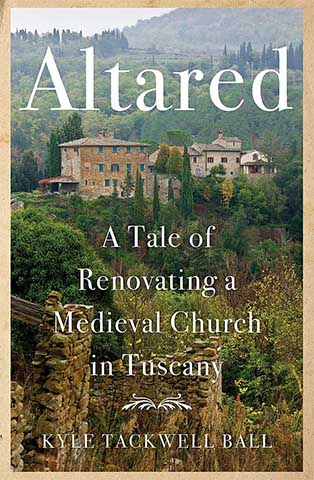
A Courageous Diary: Iris Origo and the War in Val d’Orcia
Un diario di coraggio: Iris Origo e la guerra in Val d’Orcia
Un tuffo nel passato: Montepulciano e La Foce
A step back in time: Montepulciano and La Foce
Trascorro molto tempo a Montepulciano con i miei studenti di immersione linguistica, collaborando con Silvia Celli e la scuola di lingua italiana Il Sasso. Una delle mie attività preferite con il gruppo è visitare la villa di Iris Origo e i magnifici giardini che ha miracolosamente coltivato dal terreno arido e polveroso della Val d’Orcia. Insieme a suo marito, il Marchese Origo, trasformò le colline toscane un tempo sterili in fertili terre coltivabili, portando nuova vita e prosperità sia alla terra che alla sua gente.
I spend a great deal of time in Montepulciano with my language immersion students, collaborating with Silvia Celli and the Il Sasso Italian Language School. One of my favorite activities with my group is visiting Iris Origo’s villa and the breathtaking gardens she miraculously cultivated from the dusty, arid terrain of Val d’Orcia. Together with her husband, the Marchese Origo, she transformed the once barren Tuscan hills into lush, fertile farmland, bringing new life and prosperity to both the land and its people.
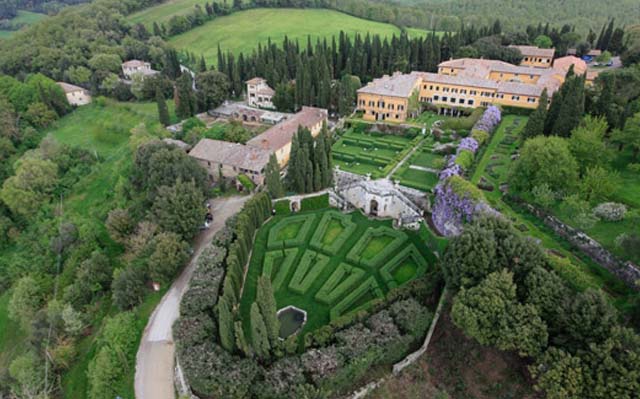
La storia di Iris Origo: Un’eredità internazionale
The story of Iris Origo: An international legacy
Iris era una donna anglo-americana sposata con un proprietario terriero italiano. Suo padre, americano, era segretario dell’ambasciatore statunitense a Londra, mentre sua madre era anglo-irlandese. Alla morte del padre, la madre di Iris si trasferì a Firenze, presso la Villa Medici, dove Iris crebbe immersa nella cultura rinascimentale italiana.
Iris was an Anglo-American woman married to an Italian landowner. Her father, an American, served as secretary to the U.S. Ambassador in London, and her mother was Anglo-Irish. After her father’s death, Iris’s mother moved the family to Florence, to Villa Medici, where Iris grew up surrounded by the rich culture of the Italian Renaissance.
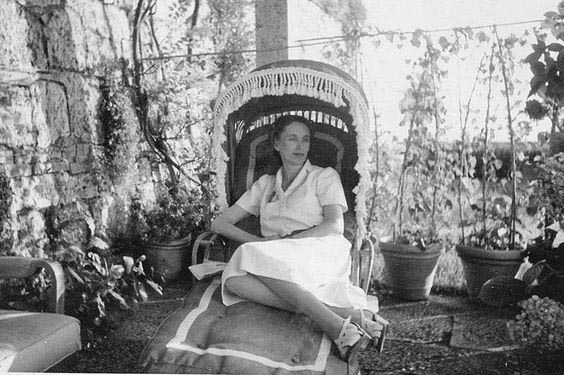
Rinascita della Val d’Orcia
Rebirth of the Val d’Orcia
Nel 1924, Iris si trasferì con il marito nella Val d’Orcia presso la tenuta di La Foce, allora una regione sterile. Attraverso un’intensa coltivazione, migliorarono il territorio e diedero vita a cinquanta aziende agricole. Iris fondò anche un ospedale locale e una scuola che accolse novanta bambini.
In 1924, Iris moved with her husband to Val d’Orcia, to the La Foce estate, which was then a barren region. Through intensive cultivation, they restored the land and established fifty working farms. Iris also founded a local hospital and a school for ninety children.
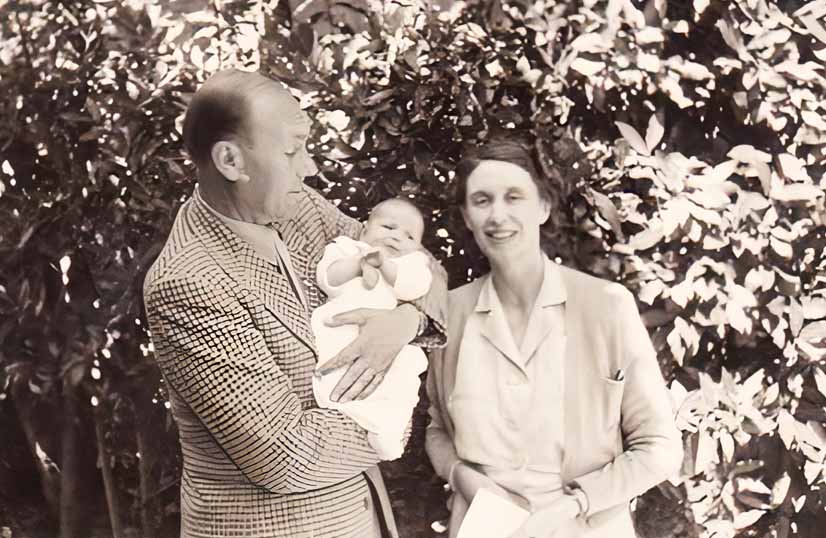
Un diario di guerra: Le sfide di Iris durante il conflitto
A war diary: Iris’s challenges during the conflict
Durante la Seconda Guerra Mondiale, Iris tenne un diario descrivendo con precisione la vita nella campagna toscana. Si trovò a prendersi cura di orfani, rifugiati, e partigiani feriti, mentre i soldati tedeschi occupavano la sua villa.
During World War II, Iris kept a diary that vividly described life in the Tuscan countryside. She cared for orphans, refugees, and wounded partisans, all while German soldiers occupied her villa.
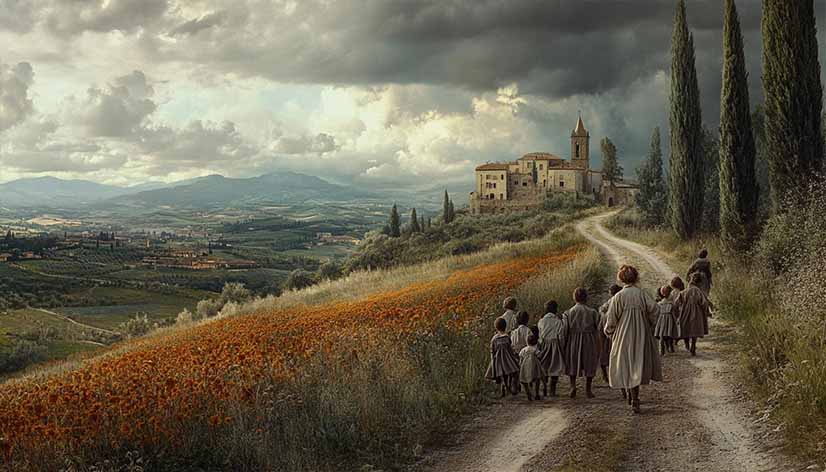
Un coraggio straordinario sotto il fuoco nemico
Extraordinary courage under enemy fire
Nel giugno del 1944, costretta a lasciare La Foce a causa dell’avanzata del fronte, Iris mostrò un coraggio straordinario guidando i suoi orfani in un viaggio di otto miglia fino a Montepulciano. Lungo il percorso, attraversarono campi minati, evitarono incessanti bombardamenti e passarono per strade disseminate di bombe e corpi di caduti. Quando finalmente arrivarono a Montepulciano, il suono delle campane della chiesa annunciò la gioiosa notizia della fine della guerra. Tornata a La Foce, Iris trovò la villa saccheggiata e devastata dalle truppe tedesche in ritirata. Tuttavia, nonostante la distruzione della sua casa, il suo spirito indomabile rimase intatto.
In June 1944, driven from La Foce by the advancing frontlines, Iris displayed extraordinary courage as she led her orphans on an eight-mile journey to Montepulciano. Along the way, they navigated treacherous minefields, dodged relentless shellfire, and passed roads littered with bombs and the bodies of the fallen. When they finally arrived in Montepulciano, church bells rang out, heralding the joyous news that the war had ended. Upon returning to La Foce, Iris found her villa ransacked and devastated by retreating German troops. Yet, despite the destruction of her home, her indomitable spirit remained unshaken.
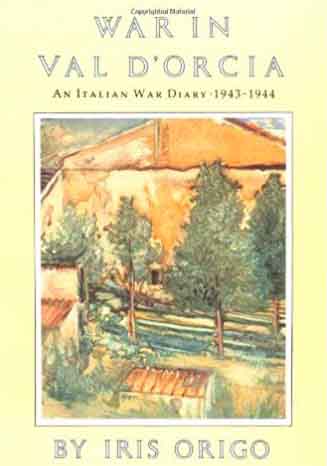
Un libro indimenticabile
An unforgettable book
Dopo la guerra, Iris pubblicò il suo diario, War in Val d’Orcia, un resoconto semplice ma profondo degli eventi. Il libro cattura il coraggio e la generosità che hanno caratterizzato quel periodo tumultuoso.
After the war, Iris published her diary, War in Val d’Orcia, a simple yet profound account of the events. The book captures the courage and generosity that defined that tumultuous period.
Una fonte di ispirazione per “Waking Isabella”
An inspiration for “Waking Isabella”
Ho letto il diario di Iris mentre facevo ricerche per il mio romanzo Waking Isabella, ambientato in Italia durante la Seconda Guerra Mondiale. Mi ha aiutato a visualizzare chiaramente le scene che stavo creando.
I read Iris’s diary while researching my novel Waking Isabella, set in Italy during World War II. It helped me clearly visualize the scenes I was creating.
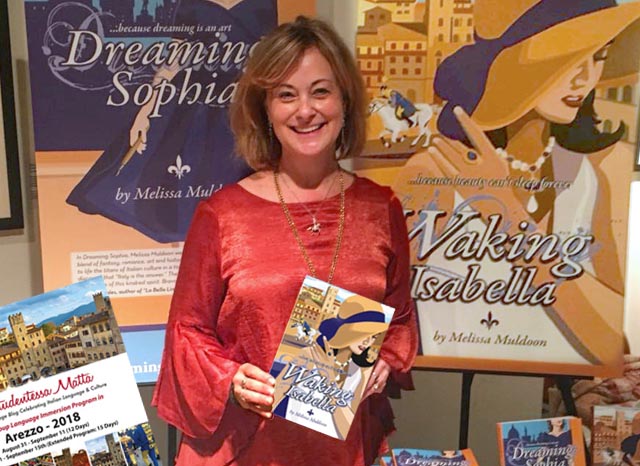
La storia di Iris Origo è un profondo tributo alla resilienza, al coraggio e alla compassione. Attraverso il suo diario di guerra, Guerra in Val d’Orcia, ci offre una finestra intima su uno dei capitoli più bui della storia d’Italia, illuminato dalla sua incrollabile determinazione a proteggere, sostenere e prendersi cura di chi le stava vicino.
Iris Origo’s story is a profound testament to resilience, courage, and compassion. Through her war diary, War in Val d’Orcia, we are offered a deeply personal window into one of Italy’s darkest chapters, brightened by her steadfast determination to protect, nurture, and uplift those in her care.
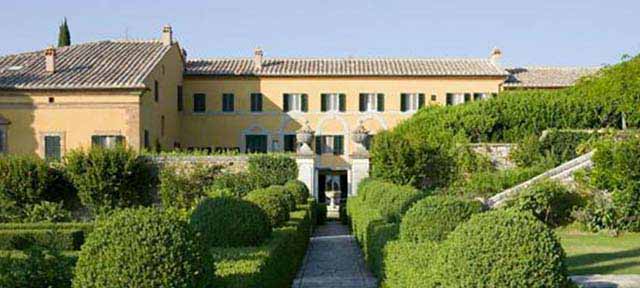
Iris ci ricorda che, anche nei paesaggi più desolati e aridi, sia in senso letterale che metaforico, i semi di qualcosa di straordinario possono attecchire e fiorire.
Iris reminds us that even in the most desolate and barren landscapes, both literal and metaphorical, the seeds of something extraordinary can take root and flourish.
Read the novel that was inspired by Iris Origa e La Foce
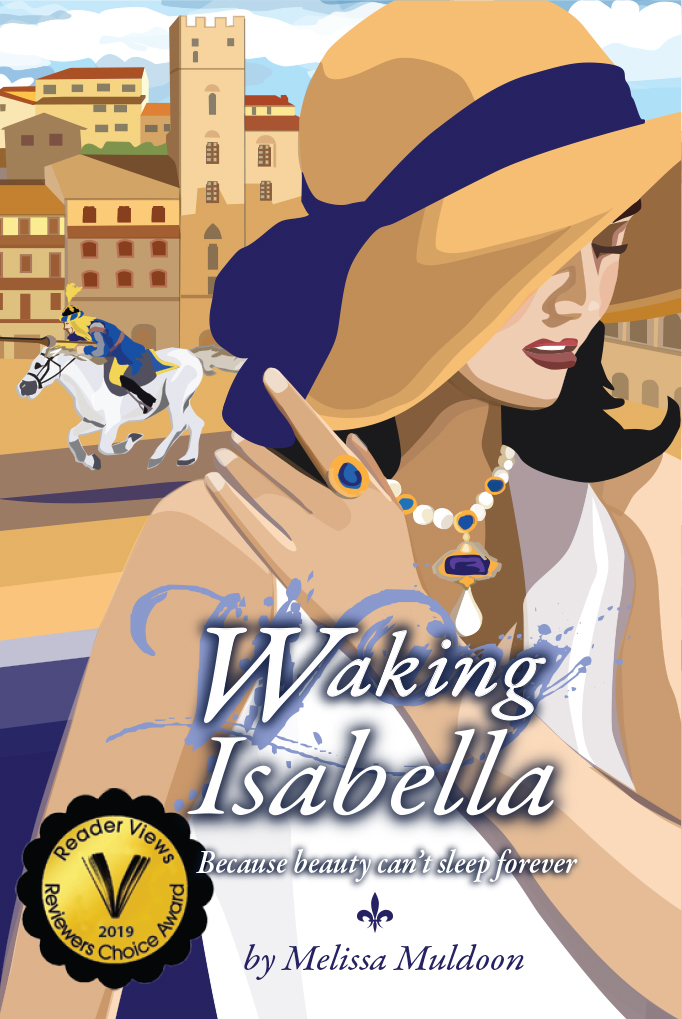
Waking Isabella
Waking Isabella is a story about uncovering hidden beauty that, over time, has been lost, erased, or suppressed. It also weaves together several love stories as well as a few mysteries. Nora, an assistant researcher, is a catalyst for resolving the puzzle of a painting that has been missing for decades. Set in Arezzo, a small Tuscan town, the plot unfolds against the backdrop of the city’s antique trade and the fanfare and pageantry of its medieval jousting festival. While filming a documentary about Isabella de’ Medici—the Renaissance princess who was murdered by her husband—Nora begins to connect with the lives of two remarkable women from the past. Unraveling the stories of Isabella, the daughter of a fifteenth-century Tuscan duke, and Margherita, a young girl trying to survive the war in Nazi-occupied Italy, Nora begins to question the choices that have shaped her own life up to this point. As she does, hidden beauty is awakened deep inside of her, and she discovers the keys to her creativity and happiness. It is a story of love and deceit, forgeries and masterpieces—all held together by the allure and intrigue of a beautiful Tuscan ghost.

